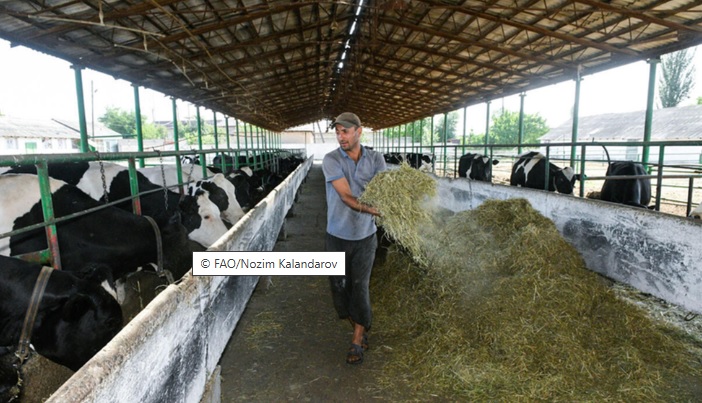Why is plant health critical in One Health?

When we protect plants,
we protect lives.
#PlantHealthDay
Pest-infested plants have a knock-on effect on the health of humans, animals and the environment. Reduced crop quality and quantity impacts nutrition and reduces feed for livestock, poultry and swine. Invasive plant pests drive biodiversity loss while misuse of pesticides impacts human health.
Our lives depend on plants.
- 80 percent of the food we eat comes from plants.
- 98 percent of the air we breathe is provided by plants.
Yet annually, up to 40 percent of global crops are lost to plant pests. That is around USD 220 billion worth of crop loss.
Protecting plant health is thus, critical in:
- safeguarding global food security
- protecting biodiversity and the environment, and
- promoting safe trade to prevent the entry and spread of pests and diseases across international borders.
In action: how FAO and IPPC are protecting plant health
- Plant health standards - the International Plant Protection Convention (IPPC) sets international standards for the safe trade of plants and plant products.
- Innovation – promoting the latest digital technology in pest detection, response and prevention empowers governments and complements sustainable agricultural practices such as integrated pest management.
- Capacity building – providing innovative digital platform with free e-learning courses and training materials enables national plant protection organizations to build their national phytosanitary systems.
- Promoting the One Health approach – raising awareness among key stakeholders puts plant health at the fore of One Health and emphasizes the urgency of investing in plant protection initiatives.

